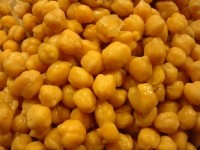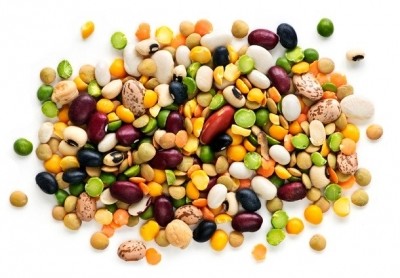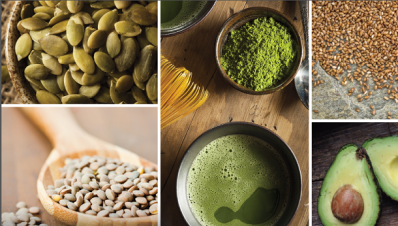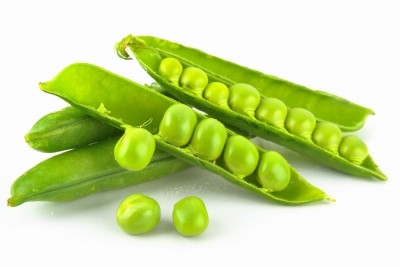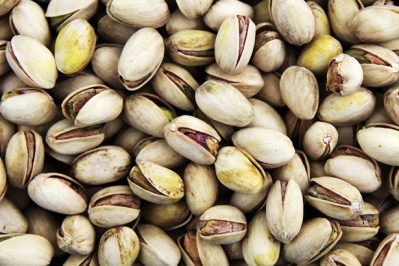Pulses hit mainstream with improved nutrition gluten-free applications
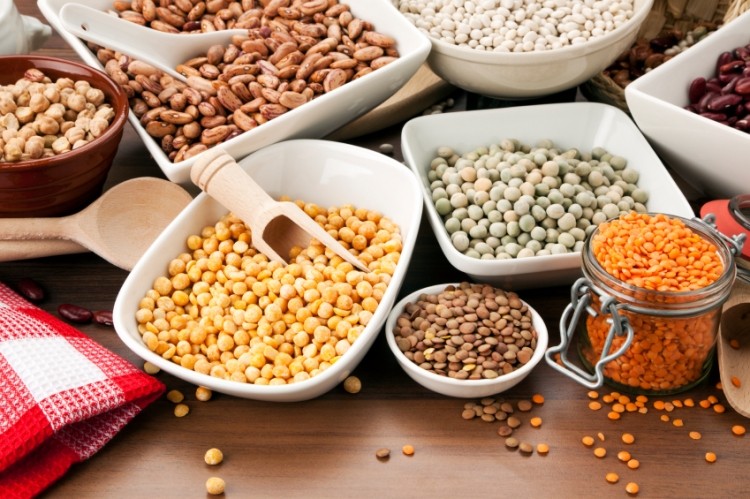
As pulses diversify into breakfast cereals, beverages, extruded snacks, protein supplements, and baked products, understanding key characteristics such as protein and starch content are key to processing, said Daniel Best, founder and president of Best Vantage Consultants, during a US Dry Pea and Lentil Council webinar titled “R&D Trend Review: How to use pulse ingredients in extruded snacks and other products.”
“Pulses are going mainstream and center of plate given their versatile platforms from allergen-averse and gluten-free to economical egg and dairy protein ingredient alternatives,” Best said. “We’re in the very early stages of a trend toward increased pulse consumption and attraction to consumers in North America.”
Pulses—which include chickpeas, dry beans, lentils, dry peas, broad (fava) beans, pigeon peas and cowpeas—are rich in soluble and insoluble fiber, antioxidants, vitamins—especially folate—and minerals, and low in oil, which differentiates them from soybeans and peanuts. They contain high levels of resistant starch, which combine with high levels of protein and dietary fiber for a low glycemic impact.
They’re less susceptible to price volatility on top of being less expensive by weight than identified allergens like dairy and eggs, Best noted. They also contain certain properties that make them ideal for dairy and egg replacement. Their high protein content facilitates aeration, binding and emulsification; the gelatin in pulses’ starch has humectancy and thickening properties; the insoluble fiber contributes both nutrition and humectancy; and soluble fiber has gelatinizing, coagulation and emulsification properties.
Positive claims in gluten-free products
Such properties also enable pulses to take the place of other gluten-free starches for an improved nutritional profile in gluten-free baked products. In one trial by the Fargo, ND-based Northern Crops Institute, 30% of a gluten-free tapioca and rice flour blend in a shortbread cookie was replaced with lentil flour—which increased protein from 1 gram to 2 grams per 30-gram serving and fiber from zero to 2 grams per serving.
In another, a pasta made with 100% organic lentil flour delivered 13.5 grams of protein per 55-gram serving, which exceeds the 20% value for an “excellent source of protein” claim, at 24.7%.
Right level of starch for extrusion
Pulses can be processed into a variety of ingredients, including flours, flakes, pastes, or pulse/cereal blends; fractioned into protein concentrates, starches, bran/fiber, or particulars. Available varieties include whole, roasted pulses, flakes, grits, raw flours, air-classified flours (milled pulses with a controlled ratio of protein to carbohydrates), precooked, pregelled flours (run through extrusion process already to enhance certain functional properties), protein isolates, concentrates, starches, bran meal and fiber.
A major distinguishing factor between pulses and other legumes such as peanuts and groundnuts is their high starch content (dry peas are made up of 39% starch; lentils, 47.4%; and chickpeas, 50.4%), making them ideal for extrusion processing. For high-temperature/short-time extrusion, used for such products as puffed snacks, snack and cereal pellets, and ingredient flours, the optimum amylose content for expansion (how much the product puffs, texture changes, etc.) and pellet robustness is 25-50%, which is right where pulses fall, according to NCI research.
“The amylose content of peas, lentils and chickpeas is in the 24-33% range,” Best said. “That’s right in sweet spot we identified for maximizing expansion properties during extrusion. You can further modify expansion when you look at combinations of pulse flours with other high-amylose ingredients, such as corn.”
For example, when extruding to create crispy rice-type particles, optimum expansion is achieved with 100% corn flour dough, though NCI researchers found similar expansion levels can be achieved using 50% lentil and 50% corn.
For low shear extruded products, such as pasta and texturized vegetable proteins, the higher protein content of pulses can benefit the resulting product’s structure and strength, Best said. “Increasing the proportion of pulse flour—such as pea flour—in gluten-free pasta dough increases the al dente quality along with the cooking firmness,” he said, adding that pregelatinizing the starch prior to extrusion is key for best gluten-free pasta quality.
Challenges of pulse processing
Different milling techniques affect pulse starch granule integrity, which in turn, can impact how well the particles temper along with the distribution of moisture during the extrusion process.
Pulses can also present challenges in smoothie and beverage applications, as their solubility characteristics depend on how the proteins are processed. "For example, pre-extruded pea flours solubilize much better," Best said.
Meanwhile, pulses don't blend well with acidic ingredients like yogurt or vinegar, as their respective isoelectric levels are too close.
“You just have to try them,” Best said. “Exact formulations will give different results depending on other ingredients present.”
